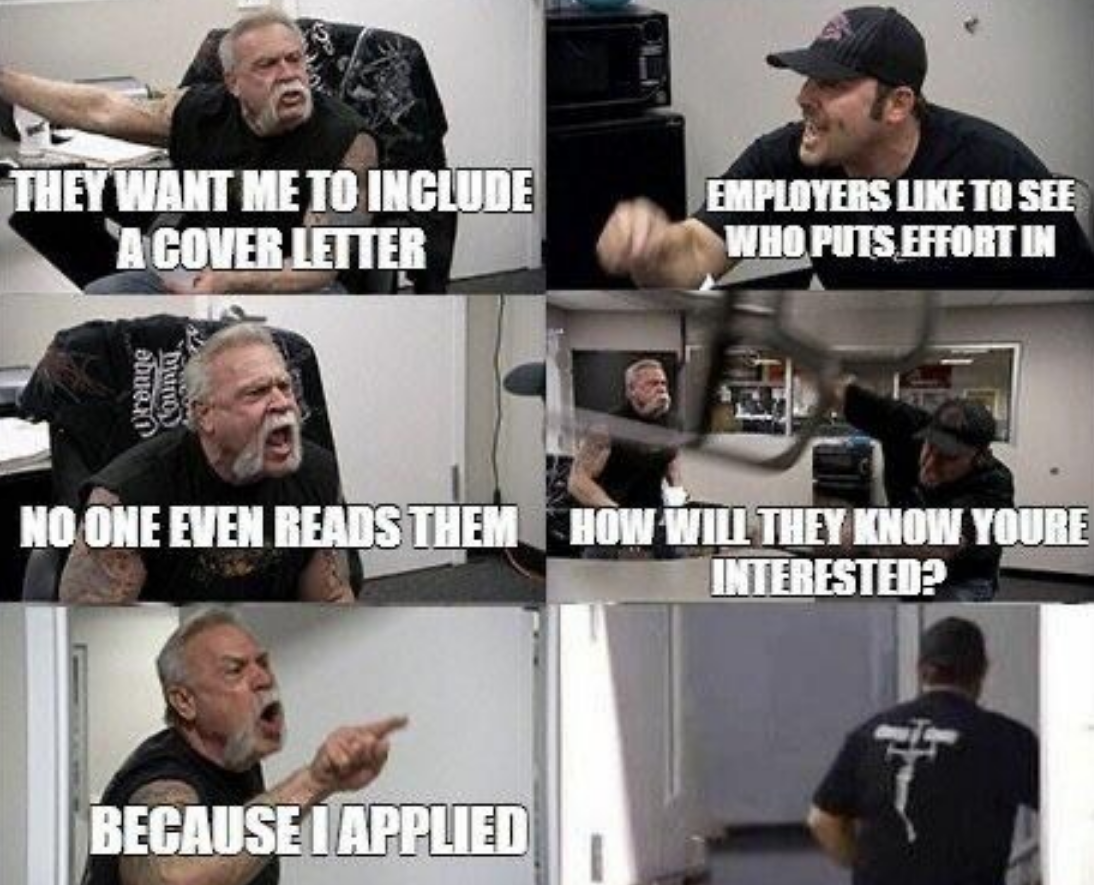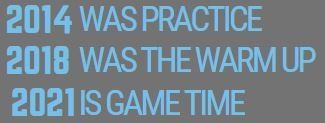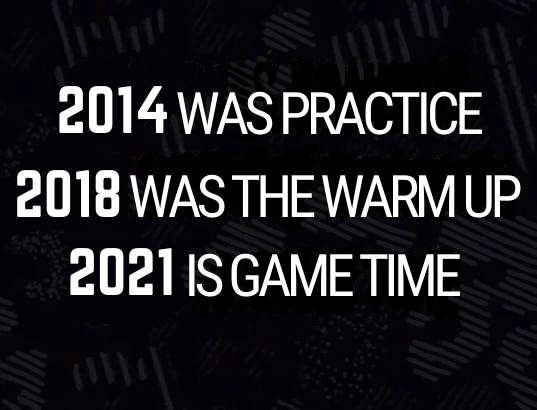What is the REAL problem with recruitment? from Sept 2015 (and still relevant today!)
What is the REAL problem with recruitment?
It would seem that recruiters are disliked. Even internal recruiters.
How much they’re disliked will probably depend on the part of the market they work.
For example, IT recruiters are far more disliked than executive search consultants. The latter go into things in a lot more detail and tend to be more commercially mature, whereas the former are, for the most part simply spot-traders of CVs and keywords.
How much recruiters are disliked will also depend on the level of client/candidate expectation.
Sales recruiters for example, will have greater expectation put on them than the generalist/high street operators. The generalists are expected to be little more than enthusiastic administrators, whilst the sales recruiters are expected to know how to sell so they can spot others who know how to sell.
But why are they disliked?
I don’t think it can’t just be explained away as it being an industry with a low barrier to entry and therefore overly populated with people who don’t really know what they’re doing.
In almost any other job discipline, not really knowing what you’re doing tends to be self-evident. A marketer who doesn’t know much about marketing is quite easy to spot.
If the online commentary from hiring managers and candidates are to be believed, the bad recruiters aren’t being spotted because they’re still regularly getting plenty of opportunities to charge fees for bad candidates.
But let’s take a step back for a moment and broaden the view of the recruitment landscape.
The Internet and social media is full of service providers claiming to reinvent, revolutionalise or disrupt the recruitment industry.
Services from flat-fee recruiters promising great returns from posting boring ads on lots of different job boards [link no longer available, go figure] to software vendors claiming their particular piece of tech will make managing candidates easier.
There are services that try to manage the relationship between the agency and the client – like that particular dynamic ever needed to be made more remote.
Then there are those recruitment trainers who promise to make them temporarily better at offering a service that most companies don’t really want.
Lots of ‘easy button’ solutions to complicated problems.
But wait, there’s more.
Recruitment extends far beyond recruitment agencies and recruitment-related vendors.
There are recruitment PSLs being managed by HR and procurement administrators.
CEOs who proclaim, “people are our greatest asset”, yet pay scant attention to how their business attracts and assesses future employees.
Hiring managers who don’t want to interview people.
HR people who don’t know how to assess potential recruitment suppliers. Who listen to an agency recruiter say, “We’re experts in your field” with a sense of relief rather than a sense of suspicion.
Marketing departments that produce job ads that only talk about themselves and what they want, instead of trying to address the needs of the reader.
In essence, what we have are companies who act like they’re doing the world a favour just by having job vacancies.
Then there’s the candidates, who probably know less about recruitment than anyone and who often act like they’re the most qualified applicant out of 200.
What we’re left with ladies and gentlemen, is a recruitment wild-west where half the community are scrambling for the ‘gold in them hills’ they’ve been lied to about, and the other half trying to sell them everything from shovels to mining equipment.
No one gets out of this entirely blameless.
And almost everyone seems to be trying to pass the buck.
Candidates lie to agencies and interviewers about their experience.
Agencies lie to hiring managers and HR about what they can and can’t deliver.
HR lie to agencies and their own senior management teams about why they can’t fill jobs.
And worst of all, CEOs, MDs, hiring managers and agency recruiters all lie to themselves.
But, it all boils down to one thing.
The work.
When it comes to hiring, very few of those with a stake in the outcome seem to want to do any.
Filling jobs is hard work.
Part of what makes it hard is that it’s work that involves dealing with people who, for the most part, don’t want to be there.
And of all the people involved in a recruitment process, those that want to be there the least are the candidates.
People dislike doing recruitment because recruitment is a shitty job.
It’s a job that tries to fill a rational process with irrational participants. A bit like trying to hold a debate about humanitarianism with only Daily Mail readers on the panel.
Recruitment, when done properly, is a shitty job because it requires the person to first own the vacancy they’re tying to fill – and then to be good at research, sales, marketing, assessment, management and admin. There isn’t a person alive anywhere who’s good at all those things.
Recruitment has lots of moving parts and enough that can go wrong to sometimes make a fool of even the very best practitioners.
Recruitment, when done poorly, is a still shitty job because it involves cold-calling, taking a poor brief, looking at thousands of CVs, getting rejected by qualified candidates and pursued by those that aren’t, never really knowing where the next fee is actually coming from and only ever getting paid for 20% of all that activity. Welcome to the world of recruitment agencies and RPOs.
Recruitment is a job that no one else really wants to do – no one outside of the recruitment industry that is. And they mainly do it because they’re able to charge a lot of money for it.
Whether that “it” is a comprehensive search and selection process or simply the touting of a candidate with all the right keywords, what makes the shittiness bearable is that it can be financially rewarding.
So all you HR people, hiring managers, CEOs and business owners, if you don’t like the way agencies earn their money, fill your own jobs.
If your internal recruitment staff aren’t filling enough jobs themselves, fire them and employ better recruiters and pay them more.
If you want to know if a candidate is one of the best currently available, interview more than 2 people.
If you want agencies to earn their money, make them earn it.
Here’s how you make an agency earn their fee:
1. Pick one agency.
2. Brief them properly.
3. Give them all the tools they need to do the job properly.
4. Have them work to a pre-agreed assignment plan.
If you don’t know how to select and manage agencies properly, find someone who does.
Recruiters earn more money than you think they deserve because they’re prepared to do things you’re not prepared to do yourself.
If you’re a CEO, business owner, hiring manager or in HR, there is statistically a pretty good chance that you too are part of the problem.
There is no easy button for hard work.










